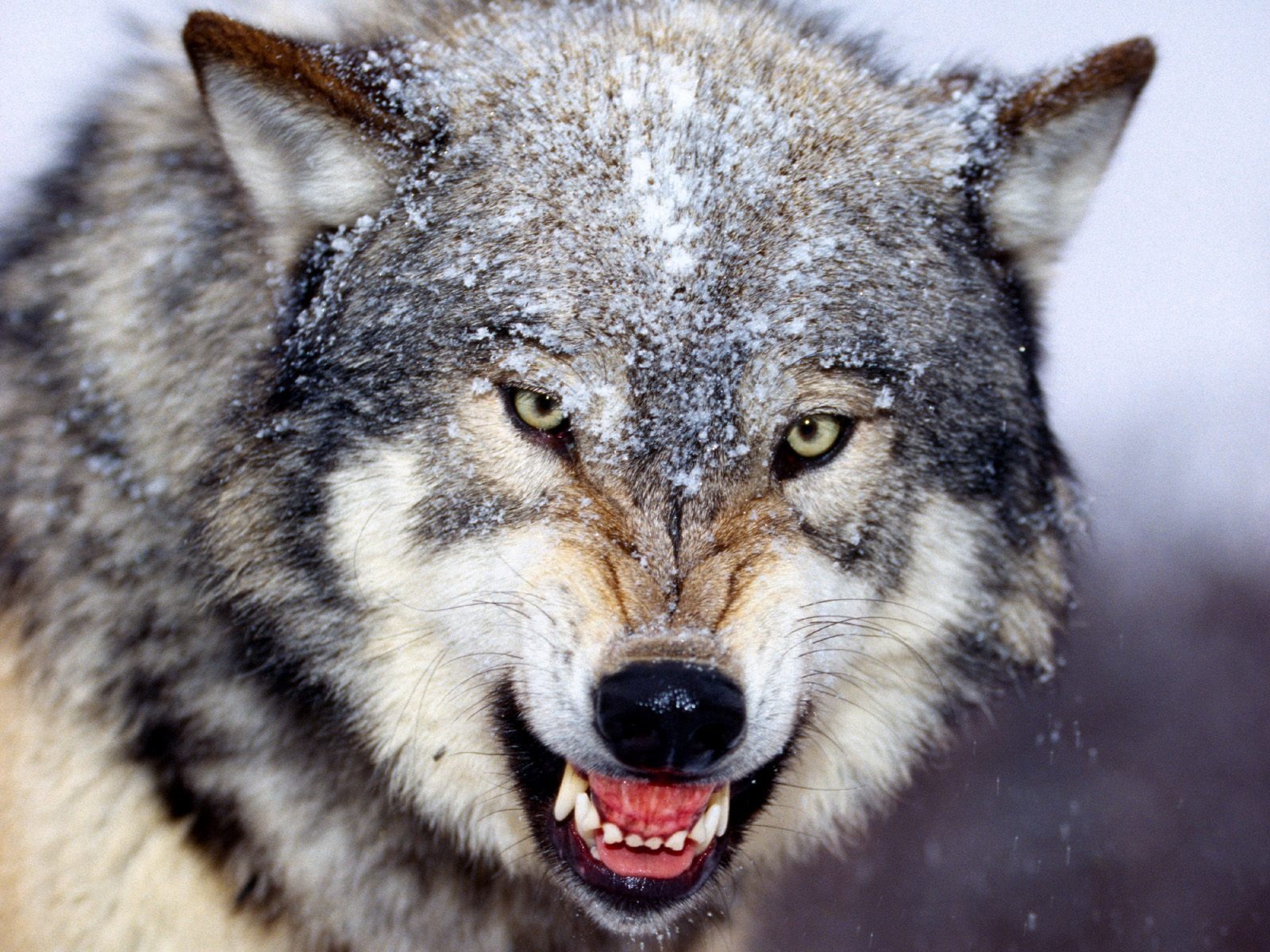The wolf has long been a symbol of strength, cunning, and survival. Whether for Halloween, cosplay, or theatrical performances, creating a wolf predator mask can be a rewarding and creative endeavor. This guide will walk you through the entire process, from gathering materials to crafting your unique mask. Let’s dive into the world of mask-making!
Understanding the Basics of Mask-Making

Before embarking on your wolf mask-making journey, it’s essential to understand the fundamentals of mask-making. Here are some key concepts:
- Types of Masks: Masks can be made from various materials including latex, foam, paper mache, or even 3D-printed elements.
- Design: The design of your mask will dictate the materials and techniques you will use. Consider whether you want a realistic wolf look or a more stylized version.
- Comfort: A well-crafted mask should be comfortable to wear for extended periods, especially if it’s for a performance.
Gathering Your Materials
To create a stunning wolf predator mask, you will need to gather several materials. Here’s a comprehensive list:
- Mask base (plastic or paper mache)
- Latex or silicone for skin texture
- Foam for padding and dimension
- Paint (acrylics or airbrush paints)
- Faux fur (for a realistic look)
- Adhesives (hot glue gun, contact cement)
- Crafting tools (scissors, utility knife, brushes)
- Optional: LED lights for added effects
Step 1: Designing Your Mask

The first step in crafting your wolf mask is to design it. Consider the following:
- Look at reference images of wolves to determine the shape and features you want to replicate.
- Sketch your design, focusing on elements like the snout, ears, and eye placement.
- Decide on the color palette. Wolves can vary significantly in coloration, from grays to browns and even whites.
Step 2: Creating the Base of the Mask
Once you have a design, it’s time to create the base of your mask. Here’s how:
- Choose Your Base Material: If you’re looking for an easier start, consider a plastic mask base. For a more custom fit, you might opt for paper mache.
- Form the Shape: If using paper mache, create a balloon or use a mannequin head as your form. Layer the paper strips soaked in a glue-water mixture until you have a solid structure.
- Trim and Adjust: Once dry, trim the edges and make adjustments to fit your face comfortably.
Step 3: Adding Dimension and Texture

To give your mask a realistic wolf-like appearance, you will need to add dimension and texture. Here’s how:
- Foam Padding: Use foam to create dimensional features like the snout and cheekbones. Cut the foam into appropriate shapes and glue them onto the base.
- Latex or Silicone: Apply a layer of latex or silicone over the foam to create a smooth texture that mimics fur.
- Faux Fur Application: Cut strips of faux fur and glue them onto the mask. Layer them to create depth and a lifelike appearance.
Step 4: Painting Your Mask
Once the texture is in place, it’s time to paint your mask. Here are some tips:
- Base Coat: Start with a base coat that matches the primary color of your wolf design.
- Shading: Use darker shades to add depth around the eyes, snout, and under the chin.
- Highlighting: Lighter colors can be applied to the raised areas to create a more dynamic look.
Step 5: Final Touches and Accessories

To complete your wolf predator mask, consider adding final touches:
- Eyes: Use a transparent material or paint the eyes to give them a realistic look. Adding a reflective layer can enhance the effect.
- Teeth: Create fangs using molded plastic or foam, and attach them to the mask for an intimidating effect.
- LED Lights: For a unique twist, consider incorporating LED lights within the eyes for an eerie glow.
Step 6: Testing and Adjustments

Before showcasing your mask, it’s crucial to test it for fit and comfort:
- Wear the Mask: Put on the mask and check for any discomfort or areas that need adjustment.
- Make Adjustments: Trim or add padding as necessary to ensure that the mask fits snugly and comfortably.
Conclusion: Unleashing Your Inner Wolf
Crafting the ultimate wolf predator mask is an artistic journey that combines creativity, skill, and attention to detail. By following this step-by-step guide, you can create a mask that not only looks impressive but also feels comfortable to wear. Remember to experiment with different materials and techniques to find what works best for you. Whether for a costume party, cosplay event, or theatrical performance, your mask will surely make a statement.
Key takeaways include the importance of a strong design, the use of various materials to add texture and dimension, and the significance of comfort in wearability. With patience and practice, you can unleash your inner wolf and produce a mask that embodies the spirit of this majestic predator.




